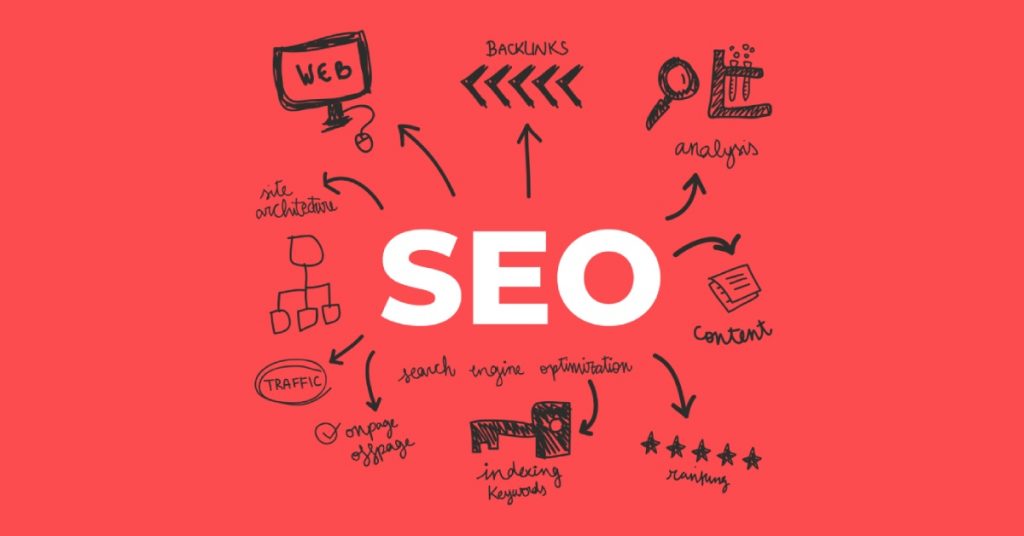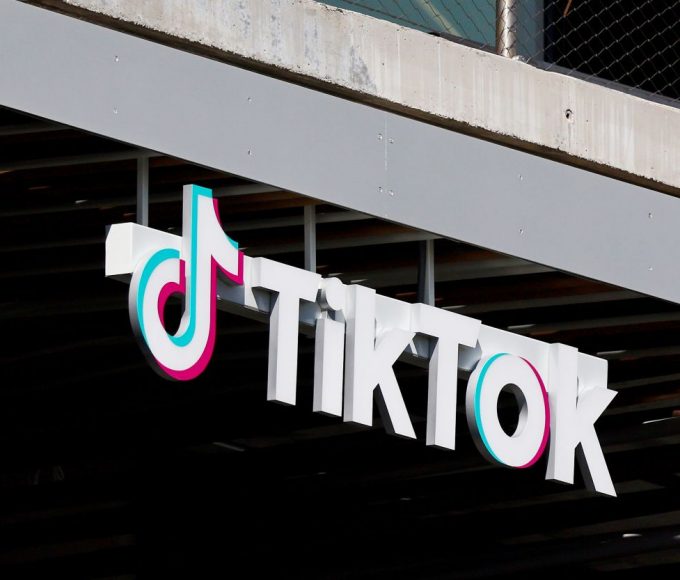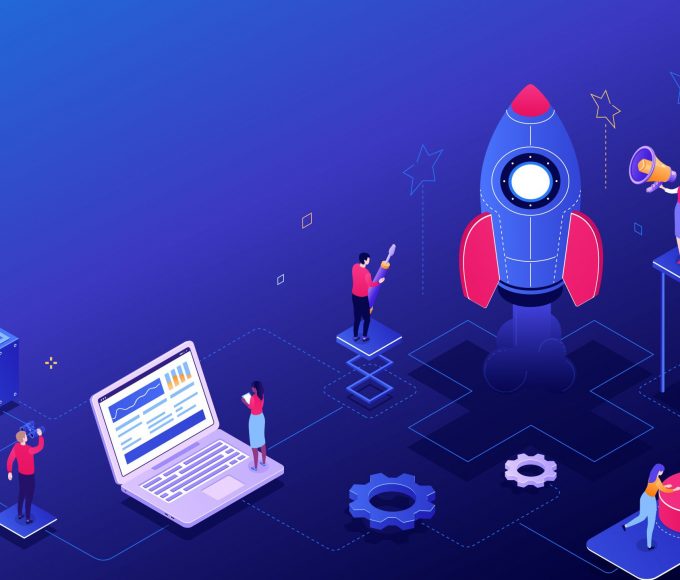As personal AI assistants and chatbots reshape how people search, marketers need to focus not just on what users type, but on what AI “knows,” explains Dr. Daniel Hulme.
Mark Twain once quipped that reports of his death were greatly exaggerated—a sentiment that applies to SEO today. While some proclaim its end, the truth is more subtle. SEO remains important, but its role is evolving.
Generative Engine Optimization (GEO) is emerging as the next critical step. For established brands, it represents a necessary adaptation; for newcomers, it’s a significant opportunity. AI is increasingly guiding purchasing journeys. Consumers are asking AI models for recommendations, and soon these agents could make buying decisions independently. With predictions that a growing portion of searches will bypass traditional engines, being visible to AI is becoming essential for survival.
Why SEO Alone Isn’t Enough
GEO focuses on ensuring your content is represented in AI-generated responses. Unlike traditional SEO, which matches keywords, Large Language Models (LLMs) interpret patterns in their training data to provide direct answers with references, rather than just links.
For instance, if someone asks, “best skincare brand,” AI draws from patterns across millions of sources. If your brand isn’t strongly represented in that data, it may not appear at all. On the upside, GEO-driven traffic tends to be highly qualified—users arriving through AI have already shown purchase intent. But first, they need to find you.

Start by Understanding What AI Already “Knows” About Your Brand
Since GEO depends on how LLMs process and retrieve information, begin by auditing what these models currently understand about your company. Ask multiple AI models about your brand, products, and competitors. You may be surprised by the differences. Results can vary widely between models and even individual users.
Remember: LLMs don’t search a live database. They activate neural patterns formed during training. Test both branded queries (“Tell me about [your company]”) and category queries (“Best solution for [your category]”). The variations reveal how strongly your brand is associated with your industry within the model’s knowledge.
Think of it like human memory—just as people link “safe cars” or “winter holidays” to specific brands, AI must learn to associate your brand with the right concepts. Start by addressing high-risk associations: outdated information, competitor dominance, and any reputational issues.
Three Moves That Set GEO Leaders Apart
Once urgent gaps are addressed, refine your approach. Here are three key strategies based on experience with AI systems:
- Distinguish training from retrieval. Some models rely solely on static training data, while others can access live content. Decide which content should remain gated for lead generation and which should be publicly accessible for discovery across both model types.
- Focus on semantic understanding. LLMs group concepts by meaning rather than keywords. Use natural language to fully cover your concept space. For example, instead of “enterprise SaaS solutions,” frame it as “what’s the best software to manage my team’s projects?” Teach AI who you are, not just what you sell.
- Design for knowledge extraction. AI increasingly builds knowledge bases from entity relationships. Create rich content that explains not only your offerings but also how they address problems, interact with solutions, and relate to competitors.
Why Waiting Is Risky
Don’t wait for perfect strategies or measurement tools—best practices are still evolving. Start by regularly querying top AI models about your brand and tracking the responses. This baseline will be invaluable as AI systems continue to develop.
GEO isn’t just another marketing channel. It represents a fundamental shift in brand discoverability. The content you publish today influences how your brand will appear in tomorrow’s AI models. The real question isn’t whether GEO will replace SEO, but whether your brand will be part of the conversation.







